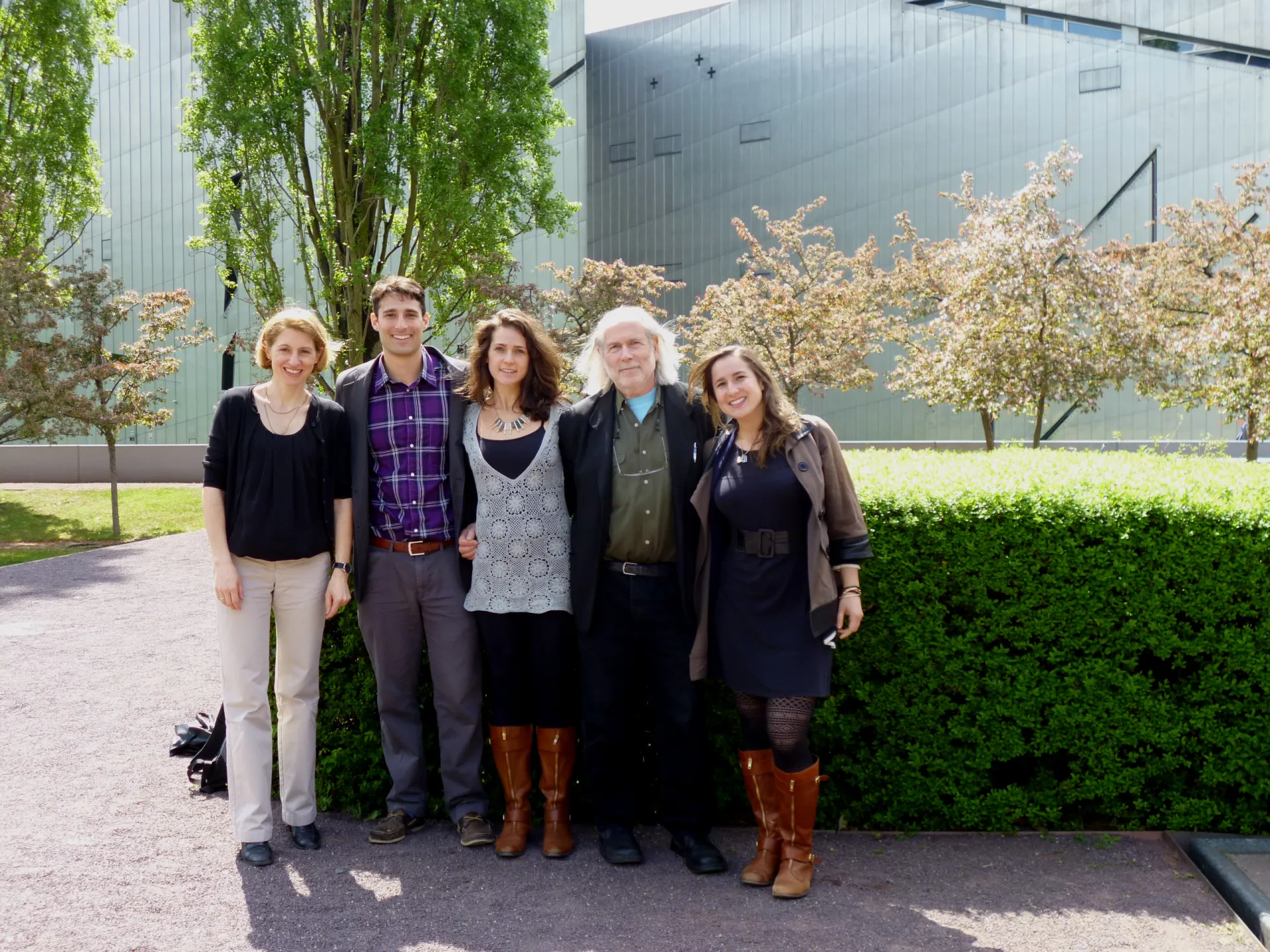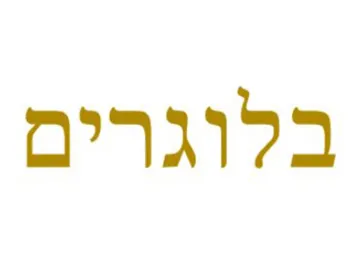Moving Encounters

Group photo in front of the Jewish Museum Berlin in May 2013: Ralph Brill with his three children Micah, Wade, and Loren, with Theresia Ziehe (curator, Jewish Museum Berlin) to their left; photo: private
I first met Ralph Brill at the Jewish Museum Berlin in 2009. He was accompanying a donor, and it was only incidentally that I learned of his own interesting family history. Some months later he sent me copies of family photographs and documents, and I immediately realized that this impressive material was of historical importance. We were in frequent contact since then. In early 2013 Ralph Brill decided to donate all of his family holdings to the Jewish Museum Berlin. It was a most memorable day in May, when he visited Berlin with his children, Micah, Loren and Wade. The three young Brills had just obtained German citizenship, in addition to their American nationality. Present legislation assures this option to all, whose lives were affected by National Socialist persecution, as well as their descendants. The trip to Berlin was motivated by Micah, Loren and Wade’s interest in learning about their ancestors. It was the first time any of the three had set foot on German soil.
Hugo Brill, Ralph Brill’s grandfather, once owned a slaughterhouse and later a furniture factory in Herzebrock. In this same small town in Westphalia, his son Walter Brill was raised and trained as a cabinet-maker. In 1938 he married Irmgard Levy in Munich. Both a civil and a religious marriage ceremony are recorded in the surviving family register. In 1939 the young couple was able to escape to England, where Ralph Brill and two younger sons were born. In 1949 the family migrated to the United States.
The remarkably well-preserved 125 photographs and documents cover three generations, from the early twentieth century to the present, although the majority relate to Walter and Irmgard Brill.
Walter Brill on a bull, Herzebrock, 1913; Jewish Museum Berlin, accession 2013/296/22, gift of Ralph Brill, Brill family archives
In addition to many official documents, such as diplomas and certificates, the collection includes intimate documents, such as love letters written by the young Walter to his future wife. In a letter dated 21 May 1945, Walter Brill’s sister gives a detailed account of her arrest, her deportation, and her liberation from the Auschwitz concentration camp.
Irmgard Levy and Walter Brill with friends on the beach, Norderney, ca. 1935–1937; Jewish Museum Berlin, accession 2013/296/78, gift of Ralph Brill, Brill family archives
In the coming months, the photographs and documents will be integrated in the museum’s database and we intend to publish some online, too. Family convolutes such as the one described here are the very heart of the Jewish Museum Berlin’s collection. Our donors enable us to talk about history by drawing on individual stories. Ralph and his brothers Winston and Peter Brill chose deliberately to give their artifacts to a German museum. During our meetings he stressed that he wanted to bring his family’s history home to Germany, where it began more than 200 years ago. For this, we thank Ralph Brill and his family most sincerely.
Theresia Ziehe, Curator for Photography
Citation recommendation:
Theresia Ziehe (2013), Moving Encounters.
URL: www.jmberlin.de/en/node/10741



